Hopes dim for trapped miners in China
More than 180 Chinese coal miners trapped in flooded shafts have slim hopes of survival.
Sunday, 19.08.2007.
11:17

More than 180 Chinese coal miners trapped in flooded shafts have slim hopes of survival. But officials said they would press on with frantic rescue efforts after one of the nation's worst mine disasters. Hopes dim for trapped miners in China Angry relatives of the miners in the eastern province Shandong said more could have been done to protect the 172 miners that are pinned down after the rain-swollen Wen River overcame flood defenses and surged down the shaft on Friday. Nine others were trapped in a shaft nearby. By early Sunday, rescuers had sealed a more than 50-meter gash in the levee after hundreds of troops piled sacks of cement, trees, rocks and even trucks into the gap. Officials said the breach in the levee had to be closed before the water in the mine shafts could be pumped out and the rescue operations begun. "The levee has been restored, this is the first step which is good," Wang Dequan, spokesman for Tai'an city government, which oversees Xintai, told Reuters. "Now we are now preparing to pump water out of the mine before sending rescue workers into the mines," he said. However, Wang said officials were still waiting for larger pumps from neighboring provinces to speed those efforts. "There is a lot of water to pump out," Wang said. Officials acknowledged hopes were dim for most, if not all, of the 172 men trapped down the Huayuan Mining Corporation shaft, which goes as deep as 860 meters. Deputy province governor Wang Junmin said 150 of them were far below the surface. "I'd guess that the miners down the shaft have no hope of survival," said the chief rescue officer, Zhu Wenyu, according to state media. Family members who gathered outside the company's headquarters in this dusty mining town complained about safety. "They don't look at miners as people," said a man surnamed Liu, whose 25 year-old brother was missing. "The company knew the levee was weak, but still did nothing to strengthen it." Many relatives were concerned the company would blame the accident on the heavy rainfall in order to lower its responsibility and the potential compensation paid out. Deadly occupation China relies on coal for most of its energy needs, pushing coal prices to record levels in the mainland, the world's top producer and consumer of the fuel. That demand for coal to feed rapid economic growth in the world's fourth-largest economy has led some mine operators to push production beyond safe limits, despite Beijing's efforts to crack down on corruption and lax enforcement of standards. The miners make about 1,500 yuan (US$198) a month and many were farmers working the fields around Tai'an attracted by the relatively higher wages offered by the mines. China's coal industry is deadlier than any other country's, with about 2,163 coal miners killed in 1,320 accidents in the first seven months of the year. But even in a country that sees a numbing daily trail of mine deaths, the scale of this latest disaster stood out. China's worst mine disaster was in 2005, when a gas explosion killed 214 miners in the country's northeast. Smaller accidents are common and usually gain little more than brief mention in state-run media. In past days, more than 200 mm (8 inches) of rain have fallen in Xintai, about 570 kilometers (350 miles) southeast of Beijing. Last year, 4,746 people were killed in thousands of blasts, floods and other mining accidents. While this year's record had been improving, the level is far worse than in other major coal-producing nations.
Hopes dim for trapped miners in China
Angry relatives of the miners in the eastern province Shandong said more could have been done to protect the 172 miners that are pinned down after the rain-swollen Wen River overcame flood defenses and surged down the shaft on Friday. Nine others were trapped in a shaft nearby.By early Sunday, rescuers had sealed a more than 50-meter gash in the levee after hundreds of troops piled sacks of cement, trees, rocks and even trucks into the gap.
Officials said the breach in the levee had to be closed before the water in the mine shafts could be pumped out and the rescue operations begun.
"The levee has been restored, this is the first step which is good," Wang Dequan, spokesman for Tai'an city government, which oversees Xintai, told Reuters.
"Now we are now preparing to pump water out of the mine before sending rescue workers into the mines," he said.
However, Wang said officials were still waiting for larger pumps from neighboring provinces to speed those efforts.
"There is a lot of water to pump out," Wang said.
Officials acknowledged hopes were dim for most, if not all, of the 172 men trapped down the Huayuan Mining Corporation shaft, which goes as deep as 860 meters. Deputy province governor Wang Junmin said 150 of them were far below the surface.
"I'd guess that the miners down the shaft have no hope of survival," said the chief rescue officer, Zhu Wenyu, according to state media.
Family members who gathered outside the company's headquarters in this dusty mining town complained about safety.
"They don't look at miners as people," said a man surnamed Liu, whose 25 year-old brother was missing. "The company knew the levee was weak, but still did nothing to strengthen it."
Many relatives were concerned the company would blame the accident on the heavy rainfall in order to lower its responsibility and the potential compensation paid out.
Deadly occupation
China relies on coal for most of its energy needs, pushing coal prices to record levels in the mainland, the world's top producer and consumer of the fuel.That demand for coal to feed rapid economic growth in the world's fourth-largest economy has led some mine operators to push production beyond safe limits, despite Beijing's efforts to crack down on corruption and lax enforcement of standards.
The miners make about 1,500 yuan (US$198) a month and many were farmers working the fields around Tai'an attracted by the relatively higher wages offered by the mines.
China's coal industry is deadlier than any other country's, with about 2,163 coal miners killed in 1,320 accidents in the first seven months of the year.
But even in a country that sees a numbing daily trail of mine deaths, the scale of this latest disaster stood out.
China's worst mine disaster was in 2005, when a gas explosion killed 214 miners in the country's northeast. Smaller accidents are common and usually gain little more than brief mention in state-run media.
In past days, more than 200 mm (8 inches) of rain have fallen in Xintai, about 570 kilometers (350 miles) southeast of Beijing.
Last year, 4,746 people were killed in thousands of blasts, floods and other mining accidents. While this year's record had been improving, the level is far worse than in other major coal-producing nations.


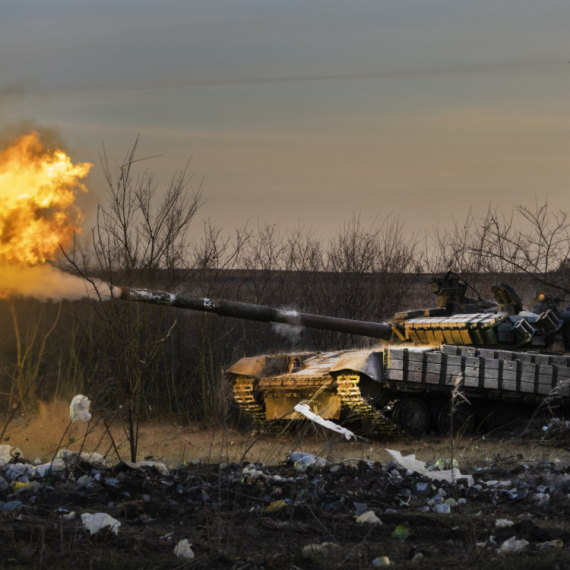


















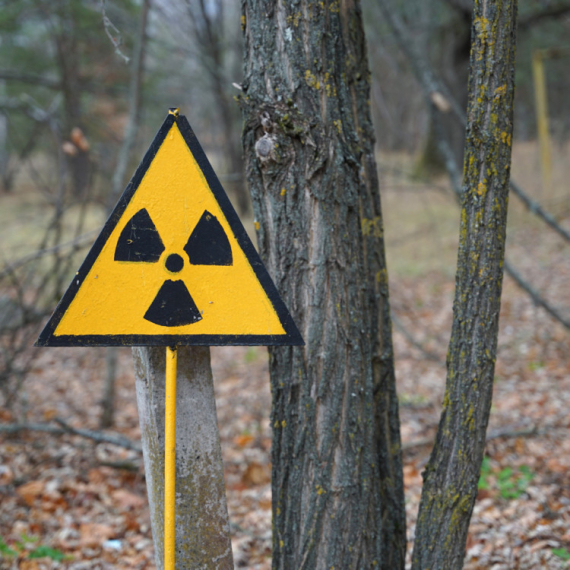







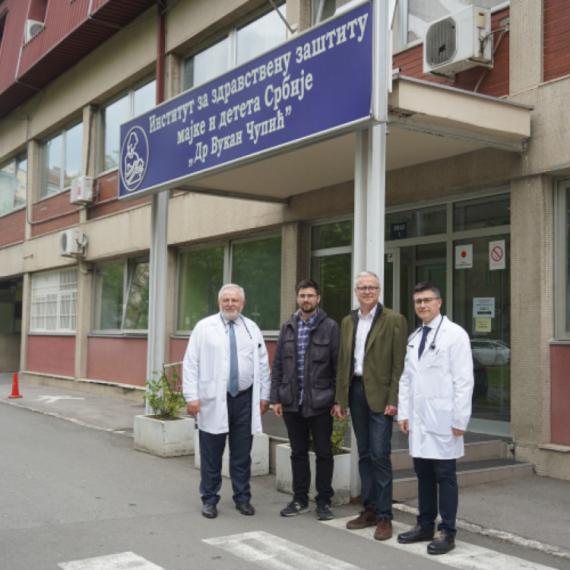


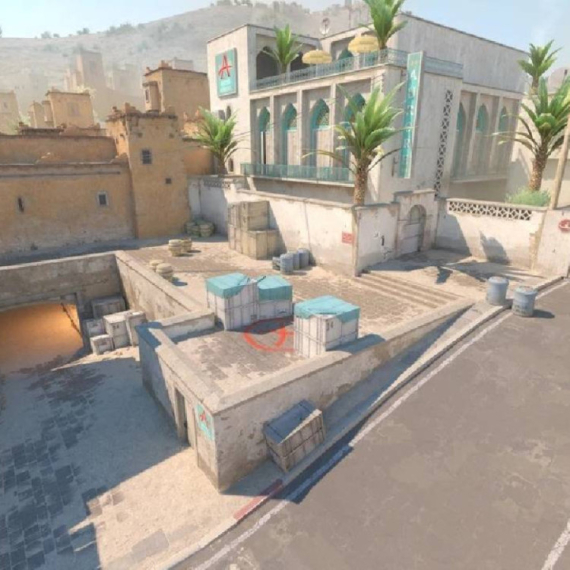







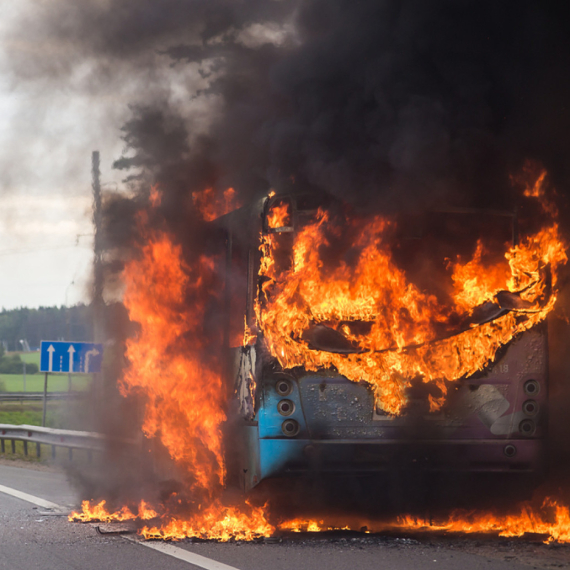




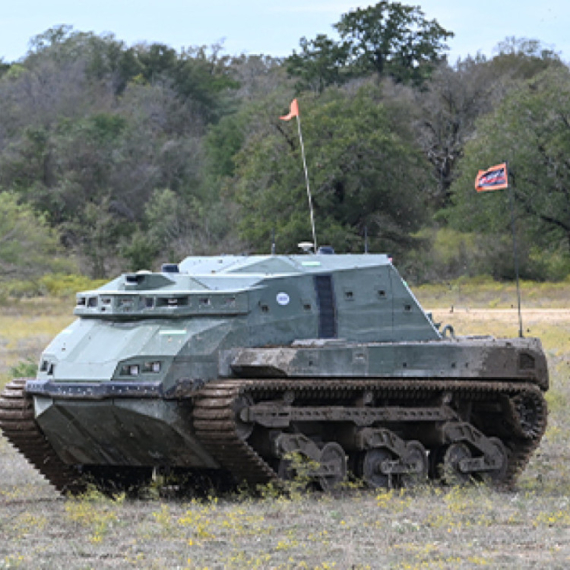








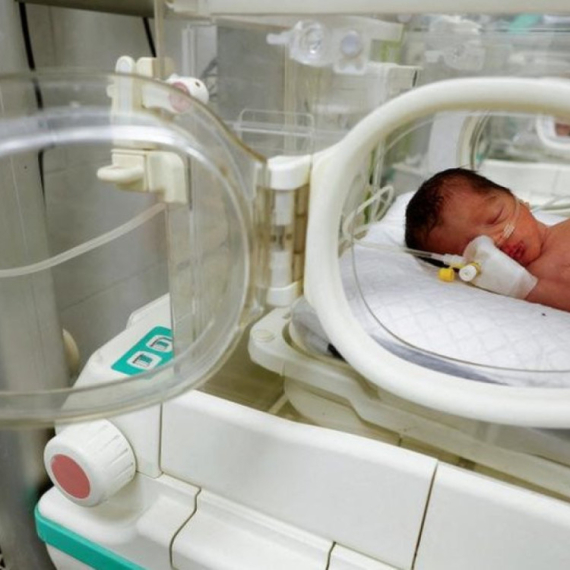



Komentari 0